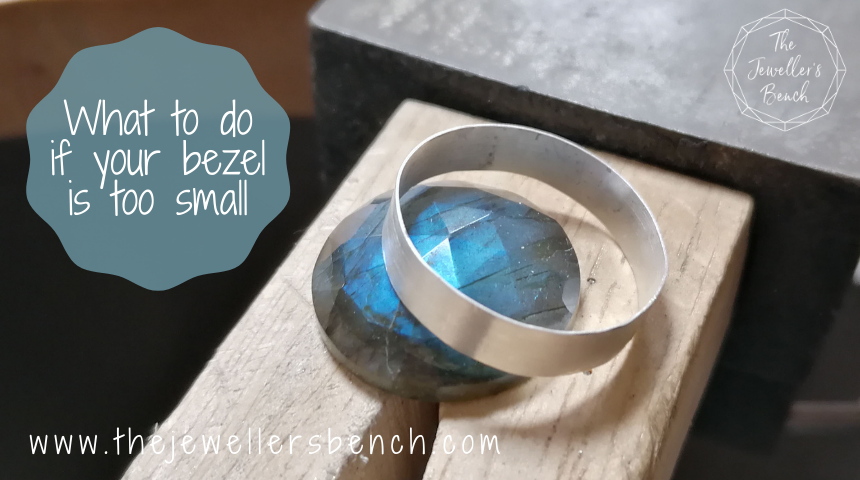Ten Facts about Emerald, May's birthstone

It was once thought that Emeralds could help you see the future! Learn more about this beautiful stone.
Did you know that the first known emeralds were mined in Egypt around 1500 BC?
Read on to find out more!

1. Emerald is one of the four recognized precious gemstones. The others are ruby, sapphire, and diamond. Emerald is the deepest green shages of beryl, which also forms aquamarine. The green colouring is from trace amounts of chromium and/or vanadium.
2. Emeralds measure between 7.5 - 8 on the Mohs Scale, making them quite hard stones. However they are susceptible to chipping and cracking making
them more expensive to set into jewellery. This is because most emeralds have some type of inclusion or imperfection, and emeralds without imperfections or inclusions are very rare. Instead of the term imperfection, dealers prefer to call emerald inclusions as an internal "jardin".
3. Colour, clarity, cut, and carat weight (the 4 Cs!) are four factors used to determine the value of an emerald. The most important of these four is colour. The best colour is vivid green or blueish green with even saturation and no colour zoning.
4. A 1-carat emerald appears larger than a 1-carat diamond as emeralds have a lower density, and the highest quality emeralds can be worth more than diamonds on a per-carat basis.

5. Colombia yields the largest amount of emeralds, contributing to more than 50% of all emerald production worldwide.
6. The Incas used emeralds for centuries before the Spanish arrived in South America, but it was the Spanish trade that introduced emeralds to the rest of the world.
7. The oldest emeralds are about 2.97 billion years old and the first known emeralds were mined in Egypt around 1500 BC. Cleopatra loved her emeralds!
8. According to ancient folklore, putting an emerald under your tongue would help one see into the future. Emeralds were thought to guard against memory loss and enhance intuition.

9. Synthetic sapphire and ruby were created in 1907, but synthetic emeralds were not created until 1935 when American chemist Carroll Chatham successfully grew his first 1-carat emerald. This stone (named after himself of course!) is now on display at the Smithsonian Institute.
10. Due to the inclusions within an emerald it is best to clean them gently in warm water. The emerald in your ring may be be too fragile to put in an ultrasonic cleaner, and you'd only find out when it was too late! Most emeralds are usually treated with oil to fill in the cracks and help prevent unintentional chipping or cracking. You can coat emeralds with baby oil as an extra care precaution to help the stone from becoming overly brittle.
11. And a lastly bonus fact for you... an emerald pendant necklace owned by Elizabeth Taylor (another emerald fan - maybe picked up whilst filming Cleopatra?) sold for $6.5 million in 2011, working out to be about $280,000 paid per carat.
Want to find out more about using gemstones in your jewellery?
Here are some useful blog posts and tutorials.
Categories: : birthstones, did you know, jewellery facts

Joanne Tinley
Tutor and Founder of The Jeweller's Bench
The Jeweller's Bench is run by Joanne Tinley. She has been making her own jewellery for as long as she can remember and left her first career as a school teacher to set up business as a jewellery designer and tutor nearly 20 years ago. She is
self-taught and like many people started with wire and beads. Learning how to solder, however, opened up a whole new world of jewellery making, one that she is keen to share!
 Joanne Tinley
Joanne Tinley 



